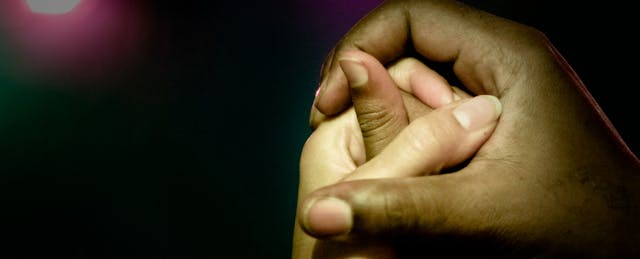These are troubling times, not just in Ferguson, Missouri, but in communities and schools across America. Sixty years after Brown vs Board of Education, not enough has changed for our children of color.
I waited to write--though I had ongoing discussions with friends and family--because I felt I had nothing new or significant to add to the public conversation. Others have written more eloquently already: Rafranz Davis shared her experiences as a mother having to talk with her son yet again about violence against a young black man; Jose Vilson advocated that we can’t wait to talk about race. Because Chris Lehmann reminded us that there is no passive anti-racism, I choose to add my voice to advocate for a world where children of color have the same opportunities as other children.
An unarmed 18-year-old African American young man was killed by a white police officer. And this wasn’t the first time.
When I first taught in Philadelphia, an African American parent cautioned me that teaching children to speak up for themselves ran counter to coaching at home about how to interact with law enforcement. Parents understandably wanted to protect their children from physical danger and abuse of power, something my white privilege shielded me from needing to recognize. I came to understand this quickly: Every week at least one of my students was pulled aside by police officers on the way to school because they “fit a description.” I began to keep mental track of who was in the driver’s seats of cars that were pulled over by the police.
Over twenty years later, I should expect that our African American students wouldn’t need these same kinds of conversations with their parents and teachers. And yet they do.
There’s nothing uniquely dangerous or racist about Ferguson; this story could have happened in other communities. I personally know educators in the region who care passionately about closing the achievement gap and have begun to make strides.
My brother is a state police officer; from him I recognize that decisions are often made quickly in intense situations and that training doesn’t prepare one for every situation. There are often multiple perceptions during intense situations. I wasn’t there in Ferguson and don’t know exactly what happened.
What I do know is that longstanding racial tensions probably contributed to this situation. Elements of institutionalized racism likely played a role in what each of the players brought to the situation.
What I also know is that for some of our students, schools have become a pipeline to prison; black students face disproportionately harsher punishment than white students and are disproportionately more likely to find themselves in the juvenile justice system.
I also know that we do a poor job of educating and graduating most of our African American male students in this country. Michael Brown was a statistical success: He graduated from a high school where the average graduation rate is 58%. (Missouri’s average is around 80%.) Brown’s mother, Lesley McSpadden, called attention to this issue: “Do you know how hard it was for me to get him to stay in school and graduate? You know how many black men graduate? Not many.” New York Times journalist Charles Blow collected education data from multiple sources that draw attention to these correlations and disparities.
These realities have to change. We can’t afford to waste so much talent. We need schools and communities that nurture the best in all our young people.
On August 2, the US Department of Education hosted My Brother’s Keeper to bring new technologies and access to data to attempt to address some of these issues of inequity. It's a good step in the right direction.
What can we do now? While we’re continuing to actively change the system, we need to help our young people process what they are seeing and hearing. Topics as sensitive as this one are difficult to address. Many teachers understandably aren’t comfortable: We don’t do a great job preparing our teachers to talk about race. Lehmann shares that:
It is incredibly daunting to think about how we frame this issue in our classrooms, but that cannot be the reason for educators to shy away from it. And, if nothing else, now is a moment where educators need to listen deeply to students who need to express what they are feeling.
So we listen. We let them express their anger, confusion, outrage.
And we help students make sense of what the media shows them. The social media campaign #iftheygunnedmedown, for example, calls attention to the images the media chooses to share and how that shapes public perception. NPR dug into some of these images to draw out the stories behind them. Students recognize that they have multiple selves and that photos taken out of context can misrepresent the entirety of one’s life. Michael Brown in a cap and gown is a different image than how he has mostly been portrayed.
Yes, we should be outraged that an unarmed young black man was gunned down in the streets of Ferguson. We should be appalled at the police state that has followed. We should also be dismayed on a daily basis that children in our country--the land of the free--are not given equal opportunities to thrive. We need to design classrooms and tools that are culturally responsive so students see futures for themselves.
And we need to speak up.


